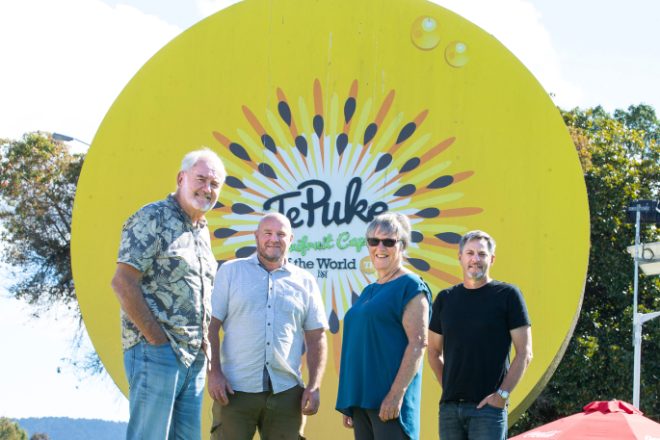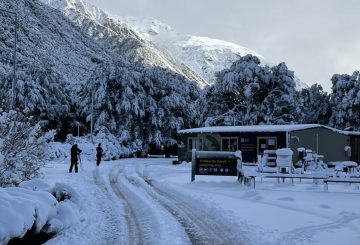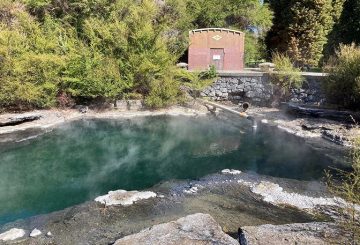Cư dân của Te Puke, được biết đến là thủ đô kiwi của New Zealand, đã tụ tập để cầu nguyện cho mùa kiwi. Ý tưởng này được lấy cảm hứng từ những người ở một thị trấn Waikato đã cầu nguyện cho ngành công nghiệp sữa của họ. Nhà thờ Orchard ở Te Puke đã tổ chức một cuộc tụ họp của khoảng 40 người vào ngày 14 tháng 3 để cầu nguyện cho vụ thu hoạch quả kiwi năm nay.
James Muir, người tổ chức cầu nguyện quả kiwi Te Puke năm 2024, giải thích rằng 41% vườn quả kiwi của New Zealand nằm ở Te Puke, khiến ngành công nghiệp này trở nên quan trọng đối với sinh kế của cư dân địa phương. Ông cũng lưu ý rằng vùng Vịnh Plenty, nơi chứa 79% vườn cây ăn quả, đã bị ảnh hưởng nặng nề trong quá khứ bởi dịch bệnh, thời tiết khắc nghiệt, thụ phấn kém và khủng hoảng kinh tế quốc tế.
Các điểm cầu nguyện cho năm 2024 đã được những người trồng địa phương ở Te Puke và đại diện của Hiệp hội Người trồng Kiwi New Zealand (NZKGI) đồng ý. Sau đó, NZKGI thông báo cho tất cả 2800 người trồng kiwi ở New Zealand rằng các nhà thờ Kitô giáo đang cầu nguyện cho ngành công nghiệp và khuyến khích họ tham gia.
Các cuộc họp cầu nguyện cũng nhận được sự hỗ trợ từ các quan chức chính quyền địa phương, với Phó Thị trưởng John Scrimgeour và cố ủy viên hội đồng Richard Crawford tham dự cuộc họp tháng Ba. James Muir nói rằng nhiều người khác đã tham gia vào những lời cầu nguyện, sẽ tiếp tục cho đến khi kết thúc vụ thu hoạch vào tháng Sáu hoặc tháng Bảy.
Các lời cầu nguyện tập trung vào sự an toàn và phúc lợi của người trồng và gia đình của họ, cũng như hơn 20.000 công nhân trong ngành. Họ cũng cầu nguyện cho chất lượng thu hoạch trái cây, sự hợp tác suôn sẻ giữa các công ty trong ngành và sự khôn ngoan cho Zespri và chính phủ trong việc giám sát các vấn đề kinh tế và tiền tệ. Họ cũng cầu nguyện cho điều kiện thời tiết tốt và khả năng tăng năng suất dự báo 190 triệu khay vào năm 2024.
Muir dự định tổ chức sự kiện cầu nguyện một lần nữa tại Te Puke vào tháng Hai năm sau. Ông cũng đề cập đến khả năng của một sự kiện kỷ niệm vào cuối mùa thu hoạch hiện tại vào tháng Sáu hoặc tháng Bảy.






























































